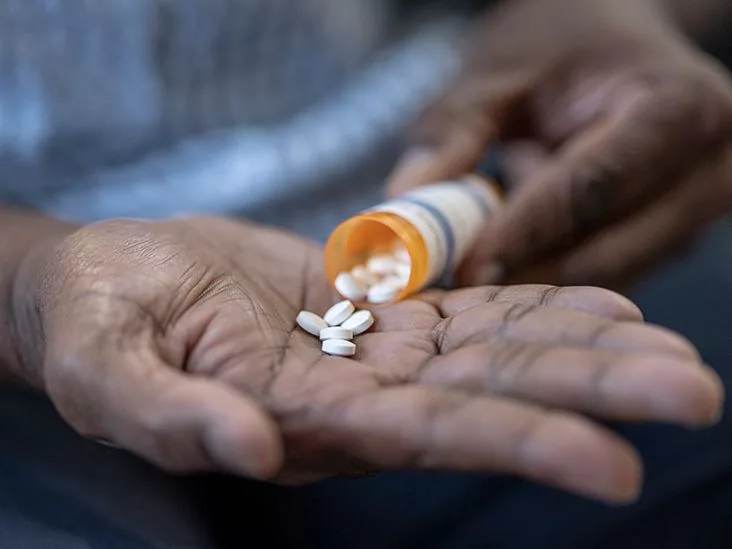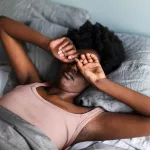Short answer: Benzodiazepines aren’t a first‑line cure for bipolar disorder, but doctors may hand you a short‑term prescription to calm a frantic night, hush racing thoughts, or ease severe agitation while your mood‑stabilizer kicks in. The trade‑off? They work fast, yet they can bring dependence, withdrawal headaches, and even raise the odds of a future mood swing. Knowing when they’re useful and when they’re risky can make that “quick fix” feel like a helpful bridge rather than a slippery slope.
Why They’re Prescribed
Ever wonder why a psychiatrist might reach for a benzo during a manic flare? The answer lies in three practical realities:
- Acute anxiety and insomnia. Up to three‑quarters of people with bipolar disorder also wrestle with anxiety or sleeplessness (see the Pulsus review for the 58‑75 % figure). Those symptoms can make a manic episode feel like a runaway train.
- Rapid calming. Benzodiazepines act within minutes to quiet the brain’s over‑excited GABA system, buying you time for mood stabilizers like lithium or quetiapine to reach therapeutic levels.
- Off‑label flexibility. “Off‑label” simply means the drug isn’t FDA‑approved for bipolar disorder, but clinical experience shows it can be safe for short bursts. Healthline explains this nuance clearly.
In practice, doctors usually reserve a benzo for a few days to two weeks—just enough to dampen the storm while the long‑term plan settles in.
What the Evidence Says
Let’s dig into the science without drowning in jargon. Below is a snapshot of the most cited studies.
| Study | Design | Sample | Main Finding |
|---|---|---|---|
| Clonazepam vs. Lithium (crossover) | Randomized crossover | 30 manic patients | Clonazepam reduced agitation faster, with fewer parkinsonian side effects. |
| STEP‑BD (2010) | Prospective cohort | 1,365 bipolar I/II | Benzo use linked to a 21 % higher hazard of mood‑episode recurrence (HR 1.21). |
| CHOICE trial (2014) | Adjunctive benzo vs. placebo | Lithium‑ or quetiapine‑treated outpatients | Mixed results; modest symptom relief but no clear benefit on long‑term remission. |
So, what does this mean for you? In the short run, benzos can be a lifesaver for agitation or sleeplessness. Over the long haul, they may signal a tougher illness course and possibly increase relapse risk. The key is time‑limited, carefully monitored use.
Risks & Side Effects
Every medication has a flip side, and benzodiazepines are no exception. Here are the most common hiccups you might hit:
- Drowsiness & dizziness. You may feel “in a fog” for a few hours after a dose.
- Memory gaps. Short‑term recall can be a little wonky—think misplacing your keys twice in one day.
- Dependence. Using a benzo for more than a month can tip the brain into craving it.
- Withdrawal. Cutting it off abruptly may cause tremors, anxiety, or even seizures.
- Interaction surprises. Pairing a benzo with lithium or quetiapine can deepen sedation; mixing with SSRIs raises the rare chance of serotonin syndrome.
A 2010 STEP‑BD analysis flagged benzo use as a marker for a more severe bipolar trajectory. In plain English: if you’re already on a benzo, your doctor may be seeing signs that your illness needs extra attention.
Practical Prescribing Guide
Ready for the nitty‑gritty? Below is a quick‑reference dosing chart for the benzos most often seen in bipolar care.
| Drug | Typical Starting Dose | Maximum (short‑term) | Notes |
|---|---|---|---|
| Alprazolam (Xanax) | 0.25 mg–0.5 mg up to three times daily | 4 mg/day | Very fast‑acting; watch for sedation. |
| Clonazepam (Klonopin) | 0.5 mg twice daily | 4 mg/day | Good for anxiety + mild agitation. |
| Diazepam (Valium) | 2.5 mg–5 mg up to three times daily | 20 mg/day | Long half‑life—useful for night‑time insomnia. |
| Lorazepam (Ativan) | 0.5 mg twice daily | 4 mg/day | Less accumulation; preferred in liver disease. |
How long? Most clinicians aim for ≤ 2 weeks of continuous use, then taper in 10–25 % decrements every few days. A simple taper schedule might look like:
- Day 1‑3: Full dose.
- Day 4‑6: Reduce by 25 %.
- Day 7‑9: Reduce another 25 %.
- Day 10‑12: Stop or switch to a lower‑potency benzo.
Regular follow‑ups (every 1–2 weeks) let your doctor watch for emerging side effects, adjust the taper, and track mood with tools like the Young Mania Rating Scale (YMRS) or GAD‑7.
Alternatives & Options
If you’re uneasy about benzos—or your doctor wants a different route—there are plenty of other tools:
- First‑line mood stabilizers. Lithium, valproate, lamotrigine, or atypical antipsychotics (e.g., quetiapine) form the backbone of bipolar treatment.
- Targeted anxiety meds. SSRIs or SNRIs can be added once you’re stable, but only after a careful risk‑benefit discussion (they can sometimes trigger mania).
- Non‑benzo sleep aids. Trazodone or low‑dose gabapentin often help with insomnia without the dependence risk.
- Psychotherapy. CBT, DBT, or psychoeducation can teach coping skills for anxiety and sleep hygiene, reducing the need for a “quick‑fix” pill.
- Low‑dose atypical antipsychotics. Some clinicians prefer a brief risperidone or olanzapine burst for acute agitation; they act fast but have a different side‑effect profile.
When you sit down with your prescriber, ask questions like “What’s the plan for tapering this benzo?” or “Can we try a non‑benzo sleep aid first?” Open dialogue is the secret sauce for safe, personalized care.
Patient Stories & Lessons
Case 1 – The Night the Clock Stopped. Maya, 28, was in the emergency department during a manic episode. Her heart raced, she couldn’t sit still, and sleep was a distant memory. The psychiatrist gave her clonazepam 0.5 mg BID for three days while starting lithium. Within 48 hours Maya reported feeling “grounded enough to breathe.” The benzo was stopped after five days, and the lithium took over the mood stabilization.
Case 2 – The Unintended Habit. Carlos, 42, began taking alprazolam for insomnia after a stressful job change. What started as a “just one night” became a daily habit for six months. He experienced daytime fog and increased anxiety when he missed a dose. After a careful taper and swapping to low‑dose trazodone for sleep, Carlos regained his clarity and kept his mood stable without benzos.
Both stories highlight common threads: short‑term benefit, vigilant monitoring, and a clear exit plan.
Quick Reference Tools
Below you’ll find handy, printable resources you can keep on your phone or fridge.
- Benzo vs. Side‑Effect Cheat Sheet. A one‑page matrix comparing alprazolam, clonazepam, diazepam, and lorazepam.
- When to Use a Benzo? A simple 7‑point self‑screen (e.g., “Is my sleep less than 4 hours?”).
- Taper Planner. A downloadable PDF that walks you through a 10‑day taper schedule.
Conclusion
Benzodiazepines can be a compassionate short‑term ally for the stormy moments of bipolar disorder—helping you catch a breath when anxiety, insomnia, or agitation feel overwhelming. Yet they are not a substitute for the long‑term mood‑stabilizing crew that keeps the whole ship steady. By understanding why they’re prescribed, what the evidence says, and how to navigate risks, you empower yourself to make informed choices.
Talk openly with your doctor, set a clear timeline, and never hesitate to ask for alternatives if you feel uneasy. Your mental health journey is uniquely yours, and a thoughtful, balanced approach can turn a fleeting “quick fix” into a safe stepping stone rather than a stumbling block.
Got thoughts, questions, or personal experiences with benzos and bipolar disorder? Share them below or drop a comment—our community thrives on every story you bring.


















Leave a Reply
You must be logged in to post a comment.